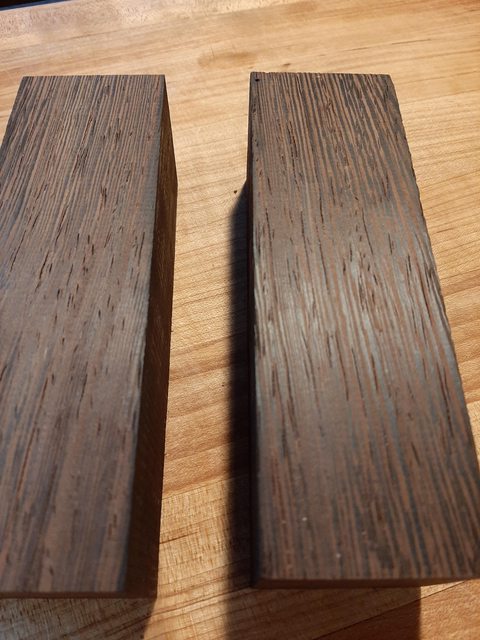Okay, so assuming I conquer my intimidation of these very dense wenge blanks, anyone have tips or pointers?
No doubt fresh abrasives will be critical.
Do you fill the voids? If so, epoxy?


No doubt fresh abrasives will be critical.
Do you fill the voids? If so, epoxy?





























